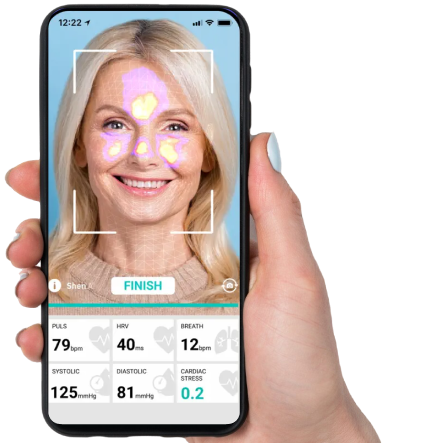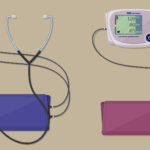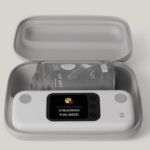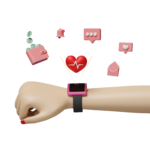According to a recent article on The Spokesman-Review, high blood pressure is not just a concern for adults, but can also affect children. More and more children are diagnosed with high blood pressure. The American Academy of Pediatrics has updated its guidelines recently. Now they include blood pressure screenings for children as young as 3 years old. This change is in response to the rising rates of childhood obesity and the associated health risks, including hypertension.
The article explains that high blood pressure in children can lead to serious health problems later in life. These health concerns include heart disease and stroke. More children are diagnosed with high blood pressure. Hence, early detection and intervention become more crucial in managing and preventing these complications. The updated guidelines aim to identify children with high blood pressure early on, allowing for timely intervention and lifestyle modifications.
The article also highlights the importance of regular blood pressure monitoring in children. It focuses on those who are overweight or have a family history of hypertension. Lifestyle changes, such as a healthy diet and regular exercise, are key in managing blood pressure in children. In some cases, medication may be necessary to control hypertension.
Eve Glazier, M.D., and Elizabeth Ko, M.D.: “As with adults, hypertension in children falls into two distinct categories. The most common is primary hypertension, also known as essential hypertension. This is high blood pressure that has no clear cause. The other category, known as secondary hypertension, arises due to an underlying cause.”
US Children Diagnosed With High Blood Pressure: Key Facts
- An estimated 1.3 million youths aged 12 to 19 in the U.S., or roughly 1 in 25, have hypertension.
- The prevalence of hypertensive blood pressure is nearly 4 times higher in children with obesity (8.6%). The same marker among those with a healthy weight (2.2%).
- Hypertension prevalence is higher among males (9.6%) than females (4.9%).






